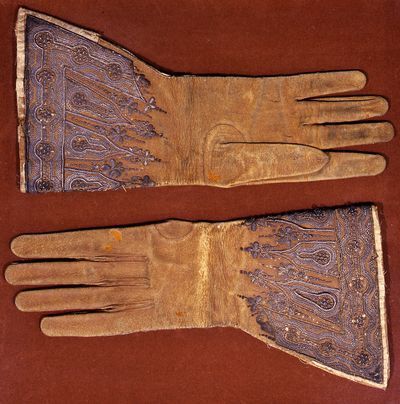Monarchy and the Book of Common Prayer
by Rupert Shortt
At first sight, the event may seem a little arbitrary: “Royal Devotion: Monarchy and the Book of Common Prayer”, an exhibition being held at Lambeth Palace in London to mark the Queen’s Diamond Jubilee and the 350th anniversary of the (1662) Book of Common Prayer. The show displays the Palace Library’s collections of items with royal links. But how many British monarchs can be called devout?
The rationale for the venture became clearer to me on second thoughts. For the three centuries between the Restoration of Charles II and the current Queen’s accession, the Book of Common Prayer (BCP) can be said to have encapsulated much of England’s religious life. Monarchs and countless others were at least baptized, married and buried to its words; and “more people heard Morning . . . and Evening Prayer in weekly services in the words of this book, than listened to the soliloquies of Shakespeare”, as Professor Brian Cummings, a curator of the show and TLS reviewer, puts it.
Visitors can see a remarkable range of books, many owned by kings and queens, and some bearing marginal notes made by them. The volumes on display include a Book of Hours that once belonged to Richard III, and copies of the BCP used at the wedding of Queen Victoria, and at the present Queen’s Coronation.
Inevitably, it is in the to and fro of the Reformation period that the link between throne and Prayer Book is most obviously reflected. Archbishop Thomas Cranmer first heard a Communion service in German at Nuremberg in 1532. A version of this liturgy is shown in the exhibition, along with early examples of vernacular liturgical experiments in England, and the first version of the Eucharist in English, printed in 1548. We also see an example of the Latin prayer books reissued under Mary I, along with the Protestant-tinged English equivalents used by her half-sister, Elizabeth.
More controversially, the exhibition lends support to the notion that Charles I died a “martyr” to Anglicanism. The BCP did eventually incorporate a special service on this theme, but dispassionate observers are likely to conclude that the King’s execution mainly came about because of his political obtuseness. The gloves worn by Charles to the scaffold (pictured above), and an ivory chalice belonging to Archbishop William Laud, are also on view.
The show (which runs in the Palace Library until July 14), lends indirect weight to another claim by the organizers – that the venue itself is becoming unsatisfactory, owing to a lack of shelf space. The current Archbishop, Rowan Williams, announced that excavations had begun “at the bottom of the garden” – that is, at the far end of the palace grounds – to build new library facilities in due course.
Peter Stothard's Blog
- Peter Stothard's profile
- 30 followers




